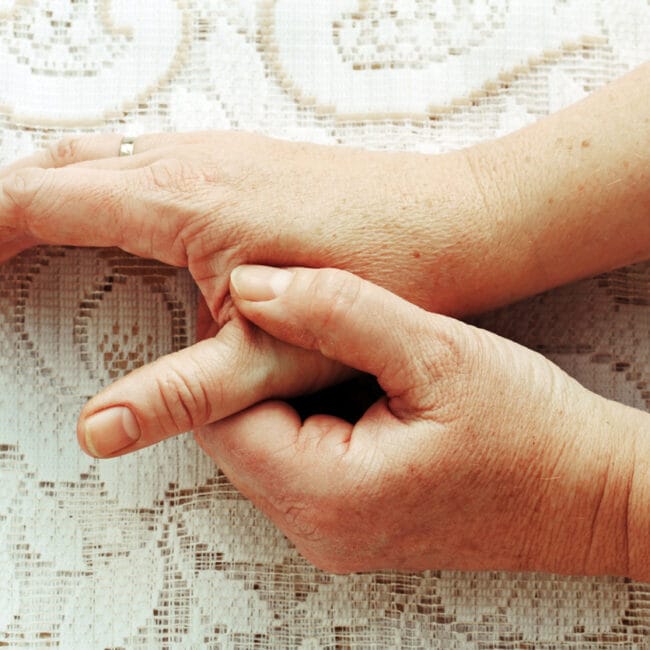Busting the Myth:
Why Ergonomics Assessments Aren’t Simply a One-Time Thing
Author: Michael Lindesay
MSc Physiotherapy, BSc Kinesiology, RMT, Ergonomist
The Purpose of Ergonomics: More than Just Comfort
The main goal of ergonomics is to prevent injuries, reduce time away from work, and to enhance productivity and efficiency. While many believe a once-off assessment sufficiently optimises their workspace, this couldn’t be further from the truth.
The Reality of Dynamic Workplaces
How evolving work environments demand frequent ergonomic reassessments.
In an ideal world, workstation assessments should be taking place more frequently, keeping pace with the ever-changing work environments, newer technologies, and aging bodies.
Workplaces are dynamic. New equipment and different tasks or procedures can impact ergonomic needs. For example, the recent increase in people working from home has created a need for assessments to be carried out in what would normally be a less ‘work-oriented’ location. Changes in work tasks, such as those seen with potential promotions, might influence the type of equipment used throughout someone’s day. In both cases, assessments are needed to ensure the new work environments match the needs of the individual.

Adapting to New Technologies
Why technological advancements, like standing desks and AI, necessitate ongoing adjustments.
The introduction of new technologies, such as sit-to-stand desks, multi-monitor setups, or the inclusion of AI in many jobs, creates the need for ongoing reassessment to ensure that workstations are optimally set up to keep pace with the most up-to-date equipment available.
The Changing Human Body: Why Age Matters
How aging, injuries, and lifestyle changes affect our ergonomic needs over time.
In combination with our changing workplaces and technologies, our bodies are constantly changing with time. Changes in lifestyle, activity/fitness levels, injuries, and the regular aging process all play a part in how we interact with our workplace and colleagues. Tasks that may have been easy for us 10 years ago may not be experienced the same way anymore. These changes must be accounted for, further adding to the importance of regular ergonomic assessments.

The Case for Regular Ergonomic Assessments
How periodic evaluations reduce strain and support long-term well-being and productivity.
Regular workplace assessments can help to ensure that changes are identified and optimised, improving our interactions with our work environment in a manner that prevents unnecessary stress and strain on our bodies; helping us stay comfortable and injury-free.
Conclusion: Ergonomics as an Ongoing Commitment
Frequent assessments are key to adapting to modern workspaces and staying injury-free.
In conclusion, ergonomic assessments are not a one-and-done task. By encouraging more frequent assessments, you can ensure your workspace adapts to evolving technologies and worker needs, keeping everyone healthy and productive for the long term.











